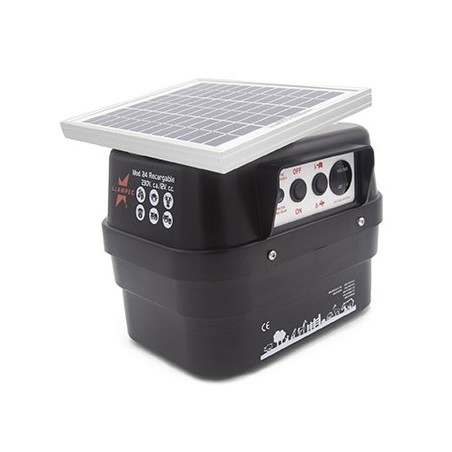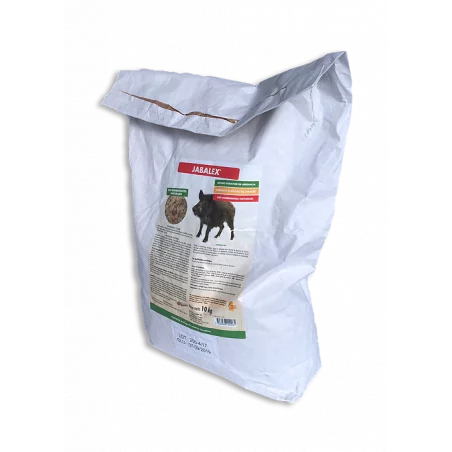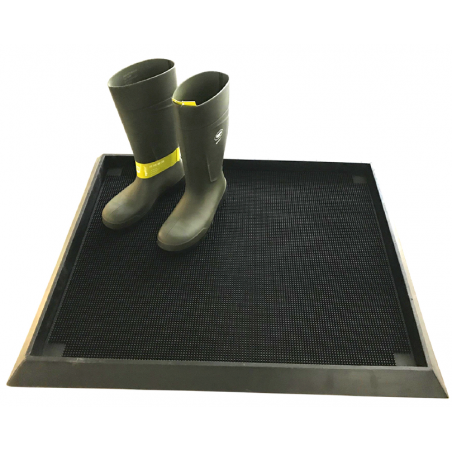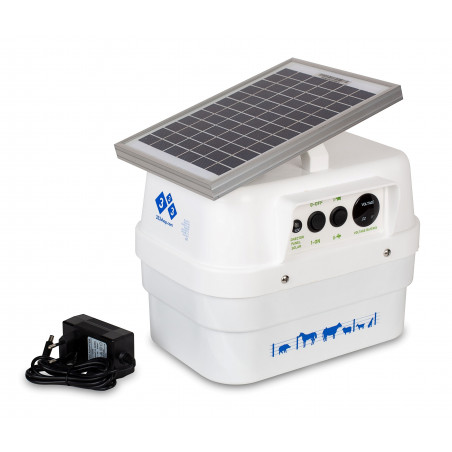African swine fever (ASF) is a severe viral disease affecting domestic and wild pigs and is responsible for serious global production and economic losses. Recent outbreaks in which the virus was transported over long distances serve as a strong reminder that the virus can reach any region due to our globally connected world.
Global situation update

Europe: Despite the presence of ASF in its wild boar population, Europe has for the most part been able to keep ASF out of its commercial domestic pig populations. However, despite prevention and control measures, ASF has continued to widen its hold. The greatest risk factors in Europe appear to be human movement and behavior- such as viral contamination in food leftovers or on equipment, and through the introduction of infected wild boar.
Asia: Since ASF was introduced in China in August 2018, it has spread rapidly throughout the region in both the domestic and wild boar populations. By the end of 2019, China lost up to 55% of its pig population due to deaths or culling.
North and South America: remains free of ASF at this time. Most of the risk to the US is associated with pork contraband on flights originating from China, Hong Kong, and the Russian Federation (Jurado et al., 2019). Latin America would be particularly vulnerable to disease spread should the virus enter the region. In addition to ineffective surveillance, the occurrence of extreme climatic events, political instability, and conflicts in countries further weaken veterinary capacity, and therefore facilitate the introduction and spread of exotic diseases such as ASF (Costard et al., 2009).
ASF impact
Pork exports depend primarily on national freedom from ASF, as well as from other notifiable swine diseases. One outbreak of ASF in a previously ASF-free country, whether in domestic pigs, feral pigs or wild boar, can result in a nation-wide trade embargo for live pigs and pork products. For example, the outbreak of ASF in wild boar in the southeastern part of Belgium, an area with little commercial pig production, has led to estimated economic losses of €3.2 billion weekly due to lost export markets and reduced pork prices
ASF compartmentalization - an option to ensure business continuity in the face of ASF
With the ever-present risk of further ASF spread, compartmentalization offers an attractive alternative to zoning as an option for swine producers to ensure business continuity and sustained trade in the face of ASF. A compartmentalization approach is complementary to national eradication programs which often include zoning.
Disease-affected countries have historically relied on geographical zones established post-outbreak in order to contain the disease within designated zones and to continue trade outside the designated zones. The delineation of zones lies under the control primarily of the veterinary authorities. The boundaries of zones are often dynamic as a result of the disease dynamics and trading partners are often still reluctant to trade with disease-free zones, both of which can lead to significant delays for business continuity.
In response to the challenges associated with zoning, the World Organisation for Animal Health (OIE) officially adopted the concept of compartmentalization in 2004.
A compartment is a network of business operations along a value chain that are disease-free with clearly defined common biosecurity, health status and management systems that are therefore permitted to continue operations even in the presence of the disease in the area of the business facilities.
There are three main advantages to compartmentalization over the zoning approach:
- A compartment can be established, approved by the veterinary authorities, and accepted by trading partners before an outbreak.
- A compartment can be made up of either a single establishment, or multiple integrated establishments, under the same ownership or management.
- Compartmentalization can be initiated by the private sector with support of veterinary authorities (Kahn & Llado, 2014), allowing control of the compartment to be primarily with producers.
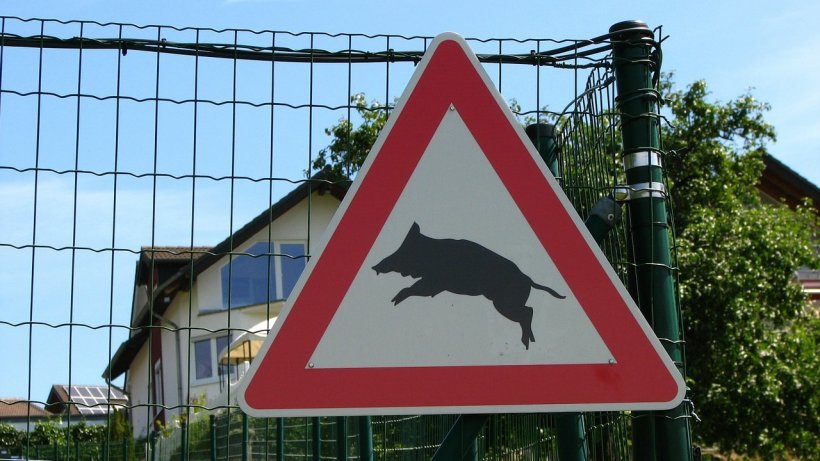
Producer associations and organisations can also represent a good partner to implement compartmentalization with a wide range of farmers or pork processors, even if the individual members are too small to implement the concept with all its requirements by themselves. This concept can help individual farms or companies to protect their business during an ASF outbreak.

Eight countries have implemented compartmentalization since the adoption of the concept, two of which were for ASF. One farm in Zimbabwe achieved official recognition of its compartment for ASF for trade of its fresh and processed pork for export to Namibia and South Africa (Kahn & Llado, 2014). The other example is a farm in Chile, with 500,000 pigs, that has been working on establishing a compartment for various pig diseases, including ASF. However this, in this case, compartmentalization was not completed because the farm was closed due to non-animal health problems. Another example of a successful compartmentalization is a company in the United Kingdom who achieved official recognition for their 57 premises for Avian Influenza and Newcastle Disease. Lessons learned from all country experiences with compartmentalization can be used to optimize future compartmentalization initiatives (Kahn & Llado, 2014).
Implementation of ASF compartmentalization
Effective implementation of compartmentalization depends on many factors, including the epidemiology of the disease of interest, country factors, environmental factors, the required biosecurity measures, the health status of animals in areas adjacent to the compartment, surveillance and the relationship between the public and private sectors. Swine producers need help to implement compartmentalization for their businesses in consultation with authorities to ensure that the compartmentalization guidelines are properly implemented and that compartments are internationally recognized by trading partners.





